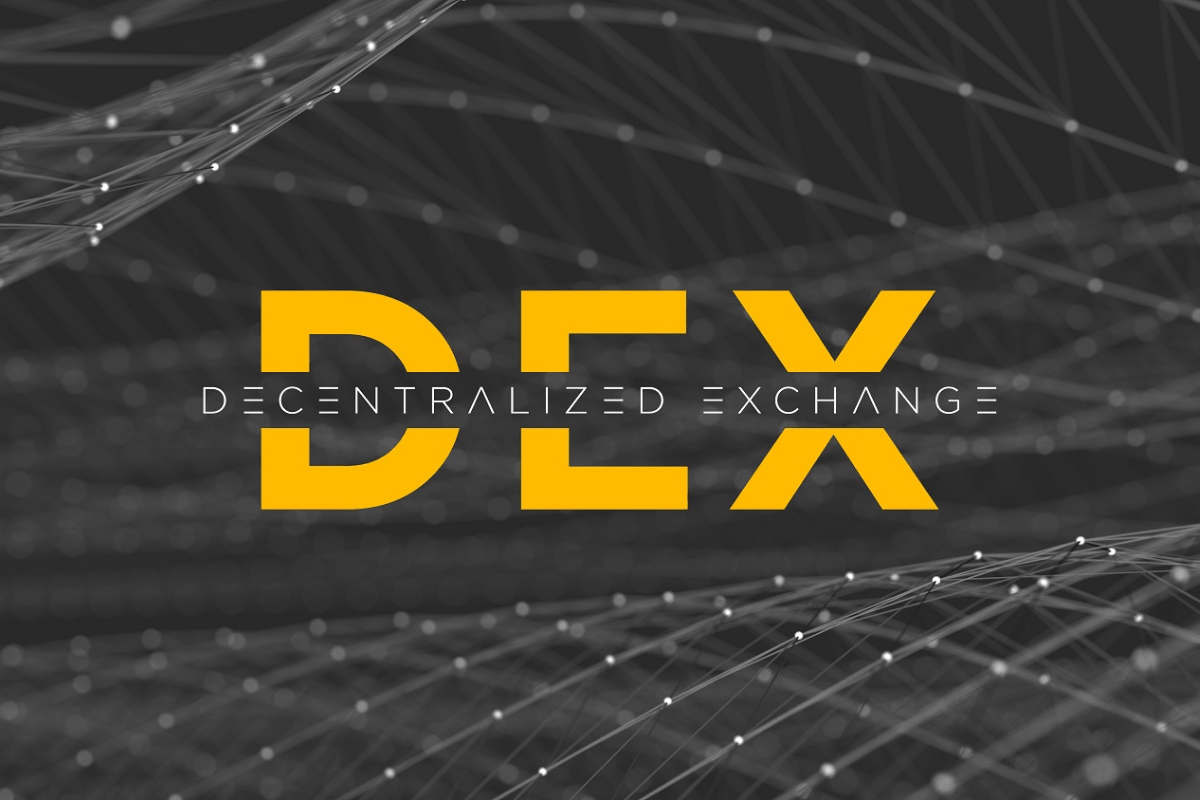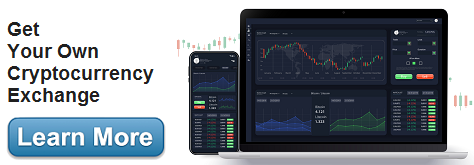The DNA of Decentralized Exchange (DEX) in Focus
- May 26, 2021
- Jennifer Moore

The performance and popularity of centralized exchanges supported by the fact that they account for a vast majority of market activity, owing to their offer of security, regulatory oversight, and oftentimes insurance. However, the focus lies on decentralized exchange in this article.
Cryptocurrency online platforms are instrumental in providing the much-needed liquidity to the digital asset trade, thus, facilitating trade volume worth billions of dollars daily. As the crypto market grows, the online platforms continue to scale. In response to the rising demands of digital assets, leading platforms offer amenities such as asset custody, banks, and additional features and functionalities, and access to a continuously rising variety of digital assets.
Also Read: Crypto banking – The New Age Banking For The Economy
Understanding The DEX
Disintermediation forms the core philosophy of blockchain technology. Decentralized exchanges (DEXs) have gained traction alongside traditional exchanges. Decentralized exchanges demonstrate a varied approach to traditional or centralized exchanges. They operate without an intermediary organization for clearing transactions. Instead, they allow smart contracts to facilitate trading. This dynamic powers instantaneous trade while maintaining a lower cost than a centralized exchange.
Blocking out the intermediaries, DEXs now take on a non-custodial framework. This allows the users to retain custody of their cryptocurrency and are responsible for managing their wallets and private keys. Having sole access to their privates comes as a welcome change for those users. Especially, the ones who’d like to exercise complete control over their cryptocurrency. However, they are at risk of being lost, stolen, or destroyed. Or, in an unforeseen event may be subject to the holder’s incapacitation or demise. If no one knows the whereabouts of the asset and more importantly the password, the account cannot be accessed and the entire investment is lost.
The lack of intermediary also ensures limited counterparty risk and does not enforce the KYC or AML regulatory standards.
The emerging DEX market circumscribes distinct segments. Each platform utilizes various implementations of order books, liquidity pools, or other decentralized finance (DeFi) mechanisms like aggregation tools to offer novel and experimental financial instruments. There exist multiple generations of Decentralized exchanges and DeFi products.
Decentralized Exchange (Order book)
The first generation of decentralized exchanges uses order books. The order book is similar to conventional centralized exchanges. They compile a record of all open buy and sell orders for a particular asset. Order books by most exchanges help to list the orders for various assets like stocks, bonds, and currencies—even cryptocurrency. The orders can be manual or electronic. They generally contain the same information, although the setup may slightly differ depending on the source. Buy and sell information may appear on the top and bottom, or on the left and right sides of the screen.
Decentralized Exchanges (Swaps)
The next generation of decentralized exchanges typically employs liquidity pool protocols to determine asset pricing. Peer-to-peer in nature, these exchanges allow instant execution of trades between users’ wallets. This process is known as a swap. Therefore, this category of DEXs ranks in total value locked (TVL), or the value of assets held in the protocol’s smart contracts.
Also Read: How Core Banking May Thrive In A Decentralized Economy – HashCash Recommends
Decentralized Exchange Aggregators
DEX aggregators are financial protocols that facilitate crypto traders to access a wide range of trading pools through one single dashboard.
For instance, if a user wants to buy ETH using BUSD on the Ethereum blockchain, they could use the Ethereum-based DEX aggregator, Matcha, to tap into liquidity on decentralized exchanges, such as 0x, Uniswap, and Kyber, to execute your trade.
This dynamic ensures higher security and autonomy but also results in disjointed liquidity across platforms. This lack of liquidity may turn to be a deterrent for institutional investors or wealthy independent traders who want to purchase a particular crypto asset in large volumes. To address the issue, DEX aggregators have designated tools to deepen asset liquidity pools across centralized and decentralized crypto exchanges.
Finally
The performance and popularity of centralized exchanges supported by the fact that they account for a vast majority of market activity, owing to their offer of security, regulatory oversight, and oftentimes insurance.
However, the growth of DeFi has made space for innovation like Decentralised Exchanges Aggregator tools. Platforms such as Uniswap, Curve, and Balancer exhibit the potential for simple, user-friendly platforms that count on liquidity protocols rather than order books. As the DEX market expands, the augmentation of new protocols and support features are expected to parallelly accelerate.
Categories
- AI (9)
- Altcoins (10)
- Banking (10)
- Bitcoin (133)
- Bitcoin ETF (11)
- Bitcoin Price (30)
- Blockchain (47)
- Brokering World Hunger Away (16)
- Business (9)
- CBDC (11)
- COVID-19 (3)
- Crypto ATMs (1)
- Crypto Banking (17)
- Crypto Bill (1)
- Crypto business owner platform (31)
- Crypto Investment (3)
- Crypto Markets (5)
- Crypto Payment (29)
- Crypto Prices (1)
- Crypto Trading (92)
- Cryptocurrency (400)
- Cryptocurrency Exchange (108)
- Data Visualization (2)
- Decentralized Finance (7)
- DeFi Payment (9)
- DEX (3)
- Digital Currency (22)
- Ethereum (2)
- FAQ (6)
- Finance (24)
- Financial Equality (4)
- Financial Freedom (8)
- Forex (24)
- ICO (2)
- Investment (11)
- Mining (3)
- News (66)
- NFTs (2)
- P2P (1)
- PayBitoPro (690)
- PayBitoPro Coin Listing (6)
- PayBitoPro Exchange (2)
- Post COVID Digital Transformation (1)
- Press Release (130)
- Privacy & Security (3)
- Real Estate (1)
- Stablecoin (4)
- Technology (14)
- Uncategorized (3)
- US Presidential Election (2)
- Utility Coin (1)
- Web3 business (2)
- Web3 Wallets (2)
- White Label Crypto Exchange (6)
Recent Posts
- Why Market Research Is the Foundation of Every Successful Web3 Business
- Start A Web3 Business: A Step-by-Step Web3 Startup Guide for Entrepreneurs
- How a Web3 Wallet Works — A Deep Dive with the Latest Technology
- Web3 Explained: Why It Matters for Next-Generation Businesses
- PayBitoPro: Redefining Digital Asset Innovation for a Borderless Future





